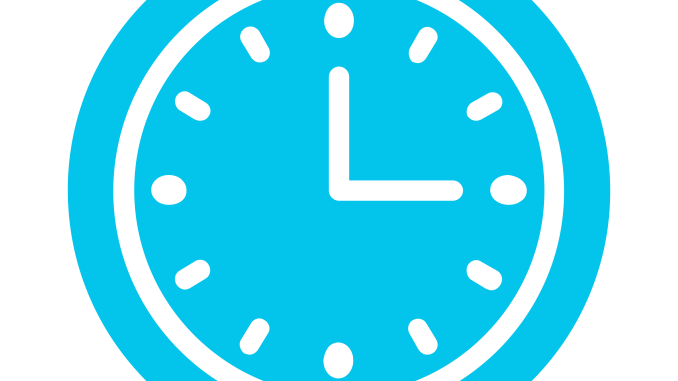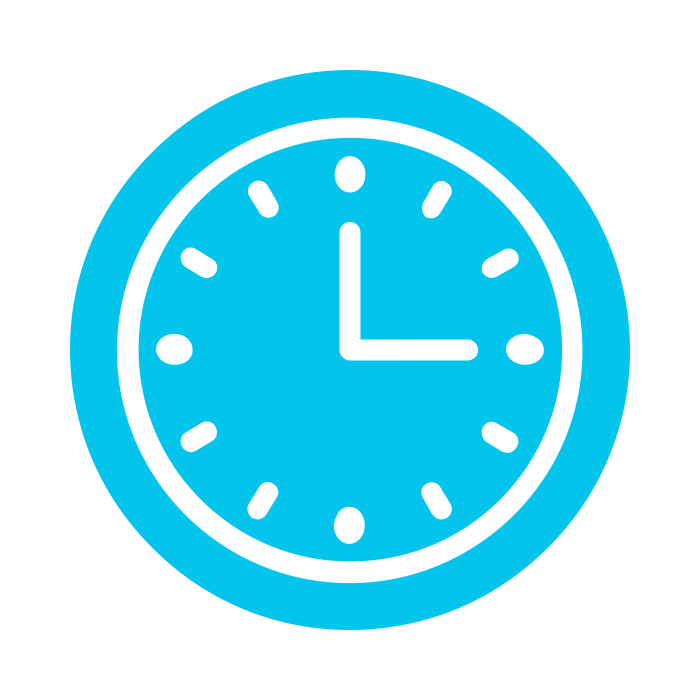
Introduction:
Thermometer wall clocks are more than just timekeeping devices; they are multifunctional instruments that combine the functionality of a clock with the practicality of a thermometer. These unique timepieces provide not only the current time but also valuable temperature information, making them versatile additions to homes, offices, and outdoor spaces. In this comprehensive exploration, we will delve into the world of thermometer wall clocks, uncovering their historical significance, design elements, functional versatility, and the practical appeal they hold for a variety of settings and environments. See pandawallclocks for neon wall clock.
- A Glimpse into Historical Significance:
The integration of temperature measurement into wall clocks is a concept rooted in both necessity and innovation. The concept of a thermometer wall clock emerged as a response to the need for convenient, dual-purpose instruments that could display both time and temperature in a single, easily readable format.
The earliest thermometer wall clocks date back to the late 18th century, an era marked by scientific exploration and technological advancements. These early designs typically featured a mechanical clock movement paired with a mercury-in-glass thermometer. While innovative, these early models were not without their challenges, including potential hazards associated with mercury.
Over time, advancements in technology and materials led to the development of safer and more accurate thermometer wall clocks. Today, these timepieces are equipped with digital thermometers, ensuring accurate temperature readings while eliminating the risks associated with mercury-based designs.
The historical significance of thermometer wall clocks lies in their role as practical, dual-function instruments that cater to our everyday needs. As advancements in technology have made them more reliable and user-friendly, these clocks have become valuable additions to various settings, providing not only the time but also temperature information at a glance.
- Design Elements and Aesthetics:
Thermometer wall clocks are celebrated for their diverse design elements and aesthetics, ranging from traditional and utilitarian to modern and decorative. Here are some key design elements and aesthetics to consider:
- Dual Display: The primary design element of thermometer wall clocks is the combination of a clock and thermometer, with both functions typically displayed on the same face. The clock’s timekeeping and temperature measurements share a harmonious design.
- Material Variety: These clocks come in a range of materials, including plastic, metal, wood, and glass. The choice of material greatly influences the overall aesthetic, from sleek and modern to traditional and rustic.
- Clock Styles: The clock face may adopt various styles, from analog dials with traditional clock hands to digital displays. The choice of clock style aligns with the clock’s overall design theme.
- Temperature Scale: The thermometer portion of the clock typically features either Celsius or Fahrenheit temperature scales, depending on the region and user preference.
- Digital Displays: Some thermometer wall clocks incorporate digital displays, allowing for precise temperature readings and easy-to-read numerical values. These digital displays often use LED or LCD technology.
- Traditional and Utilitarian: Some thermometer wall clocks adopt a utilitarian design, focusing on functionality. These clocks prioritize readability and practicality, making them ideal for outdoor or work environments.
- Decorative and Modern: Other designs prioritize aesthetics, featuring decorative elements and modern styling. These clocks blend seamlessly with interior decor and may include ornate frames and artistic motifs.
- Size and Placement: The size and placement of the thermometer display can vary. Some clocks have a small temperature gauge integrated into the clock face, while others feature a larger, more prominent thermometer positioned above or below the clock.
- Functional Versatility:
Thermometer wall clocks offer a unique combination of functionality that extends their use to various settings and environments, making them practical additions to homes, offices, and outdoor spaces. Here are some examples of where these dual-function timepieces shine:
- Home Interiors: Thermometer wall clocks are often found in residential spaces, including living rooms, kitchens, bedrooms, and home offices. They provide homeowners with both time and temperature information at a glance, which is particularly valuable in maintaining comfort and energy efficiency.
- Workspaces: In office environments, these clocks offer practical benefits, allowing employees to monitor indoor temperature conditions, especially in larger office buildings with centralized heating and cooling systems.
- Kitchens: Thermometer wall clocks are commonly placed in kitchens to help cooks and bakers monitor temperature conditions, particularly when following recipes that require precise cooking or baking temperatures.
- Outdoor Areas: These clocks are often designed for outdoor use and are suitable for gardens, patios, and other outdoor spaces. They provide real-time temperature information to help individuals plan outdoor activities and determine appropriate clothing choices.
- Commercial and Retail Spaces: Thermometer wall clocks can be found in commercial settings such as retail stores, restaurants, and waiting areas, where they serve a dual purpose by displaying both time and temperature information to employees and patrons.
- Educational Environments: Schools, universities, and educational institutions use thermometer wall clocks in classrooms and lecture halls to educate students about temperature measurement and to provide real-time indoor temperature data.
- Medical Facilities: Thermometer wall clocks can also be found in medical facilities, particularly in laboratories, research centers, and medical exam rooms, where precise temperature control is critical.
- Industrial Spaces: In industrial settings, where temperature control and monitoring are essential for processes and equipment, these clocks serve as valuable tools for both timekeeping and environmental assessment.
- Maintenance and Care:
Maintaining a thermometer wall clock ensures it continues to provide accurate time and temperature information. Here are some maintenance and care tips:
- Cleaning: Clean the clock face and thermometer display with a soft, dry or slightly damp cloth to remove dust and maintain the appearance. Avoid abrasive materials that may scratch the surfaces.
- Battery Replacement: For battery-operated thermometer wall clocks, change the batteries according to the manufacturer’s recommendations to ensure the clock and thermometer functions continue to operate accurately.
- Calibration: If you notice a discrepancy between the temperature displayed on your thermometer wall clock and an accurate thermometer, check the manufacturer’s instructions to determine if calibration is necessary. Calibration may require adjusting the thermometer display or contacting the manufacturer for assistance.
- Wall Mounting: Ensure that the clock is securely mounted on the wall to prevent accidental falls or damage. Follow the manufacturer’s instructions for proper installation.
- The Practical Appeal:
Thermometer wall clocks offer a unique combination of timekeeping and temperature monitoring, making them practical and versatile tools for various settings. Their practical appeal lies in their ability to provide essential information in a single glance. Here are some key aspects of their practicality:
- Temperature Monitoring: Thermometer wall clocks help users stay informed about indoor or outdoor temperature conditions, which is valuable for comfort, energy efficiency, and planning outdoor activities.
- Energy Efficiency: Knowing the indoor temperature can help homeowners optimize heating and cooling systems, reducing energy consumption and utility costs.
- Convenience: These clocks eliminate the need for separate thermometers or digital temperature displays, streamlining information for a clutter-free environment.
- Temperature Trends: Some thermometer wall clocks display historical temperature data, allowing users to track temperature trends over time.
- Time Management: In addition to temperature monitoring, these clocks fulfill their primary function as accurate timekeeping devices.
- Multiple Environments: Thermometer wall clocks are designed for both indoor and outdoor use, providing temperature information wherever it’s needed.
- Educational Value: In educational environments, these clocks can serve as practical tools for teaching students about temperature measurement and the principles of thermometer operation.
- Aesthetic Value: Many designs prioritize aesthetics, ensuring that practicality doesn’t compromise the overall look and feel of the clock, making them valuable decorative additions to interiors.
Conclusion:
Thermometer wall clocks, with their practical combination of timekeeping and temperature monitoring, are versatile additions to homes, offices, and outdoor spaces. Their historical significance, diverse design elements, and functional versatility make them valuable tools for maintaining comfort, energy efficiency, and temperature awareness, all in a single glance.
